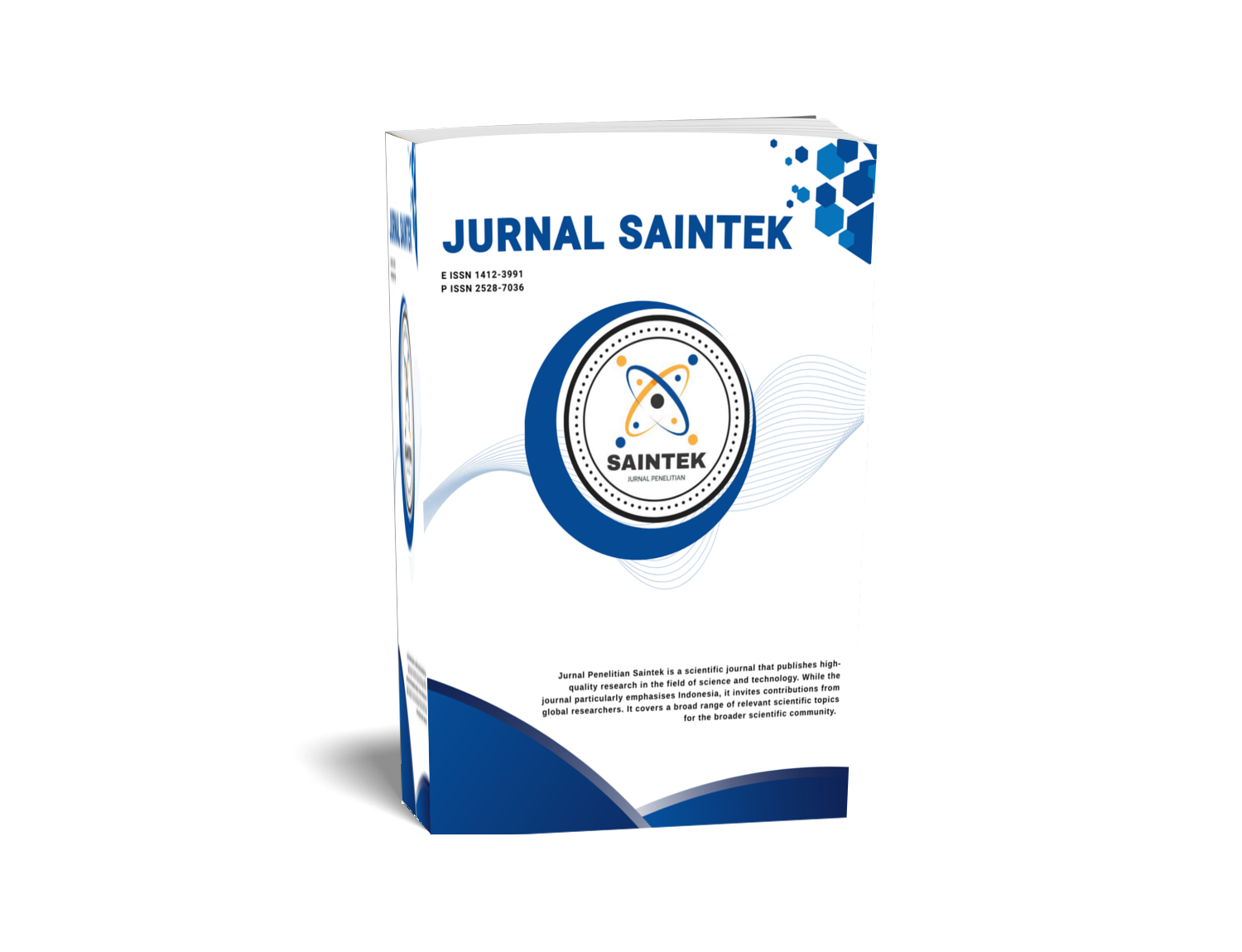DETERMINATION OF PHENOL IN WATER USING PHENOL SENSOR
DOI:
https://doi.org/10.21831/jps.v20i1.5611Keywords:
ion selective electrode, ionophore, phenol sensor, Screen Printed Carbon Electrode (SPCE)Abstract
References
Bakker, E., and Meyerhoff, M.E. 2000. Ionophore-based Membran Electrodes: New Analytical Concepts and Nonclassical Response Mechanisms. Journal of Analytica Chimica Acta, 416, 121-137.
Buhlmann, P. and Chen, L.D. 2012. IonSelective Electrodes with IonophoreDoped Sensing Membrans. Chichester: John Wiley and Sons.
Chan, W.H., Lee, A.W.M., Wong, M.S. 1989. Some Observations on the Determination of Phenol using Ion Selective Electrodes. Microchemical Journal, 40, 322-327.
Gea, S., Andriyani, Lenny, S. 2005. Pembuatan Elektroda Selektif Ion Cu(II) dari Kitosan Polietilen Oksida. Skripsi. Universitas Sumatra Utara, Medan, Indonesia.
Rappoport, Z. 2003. The Chemistry of Phenols. Chichester: John Wiley and Sons. Republik Indonesia. 2001.
Peraturan Pemerintah Republik Indonesia Nomor 82 Tahun 2001 tentang Pengelolaan Kualitas Air dan Pengendalian Pencemaran Air, 14 Desember 2001, Lembaran Negara Republik Indonesia Tahun 2001Nomor 82, Sekretariat Negara, Jakarta.
Suryantoro, A. Mulyasuryani, A., Sabarudin, A. 2014. Pengaruh Konsentrasi Cetyltrimethylammonium Benzoat dan pH Larutan terhadap Kinerja Elektroda Selektif Ion Benzoat Berbasis Screen Printed Carbon Electrode. Student Journal, 2(1), 313-319.
Wang, J. 2006. Analytical Electrochemistry. 3 rd Edition. Hoboken: Wiley-VCH.
Downloads
Published
How to Cite
Issue
Section
Citation Check
License
Who Can Submit?
Any individual may submit an original manuscript for consideration for publication in Jurnal Penelitian Saintek as long as they hold the copyright to the work or are authorized by the copyright owner(s) to submit it. Authors retain initial ownership of the copyrights to their works prior to publication, except in cases where, as a condition of employment, they have agreed to transfer copyright to their employer.
User Rights
Jurnal Penelitian Saintek is an Open Access journal. Users are granted the right to read, download, copy, distribute, print, search, or link to the full texts of articles, provided they comply with the conditions of the Creative Commons Attribution-ShareAlike License 4.0 (CC BY-SA 4.0).
https://creativecommons.org/licenses/by-sa/4.0/
Author Rights
Authors retains copyrights.
Jurnal Penelitian Saintek by http://journal.uny.ac.id/index.php/saintek is licensed under a Creative Commons Attribution-ShareAlike 4.0 International License.









